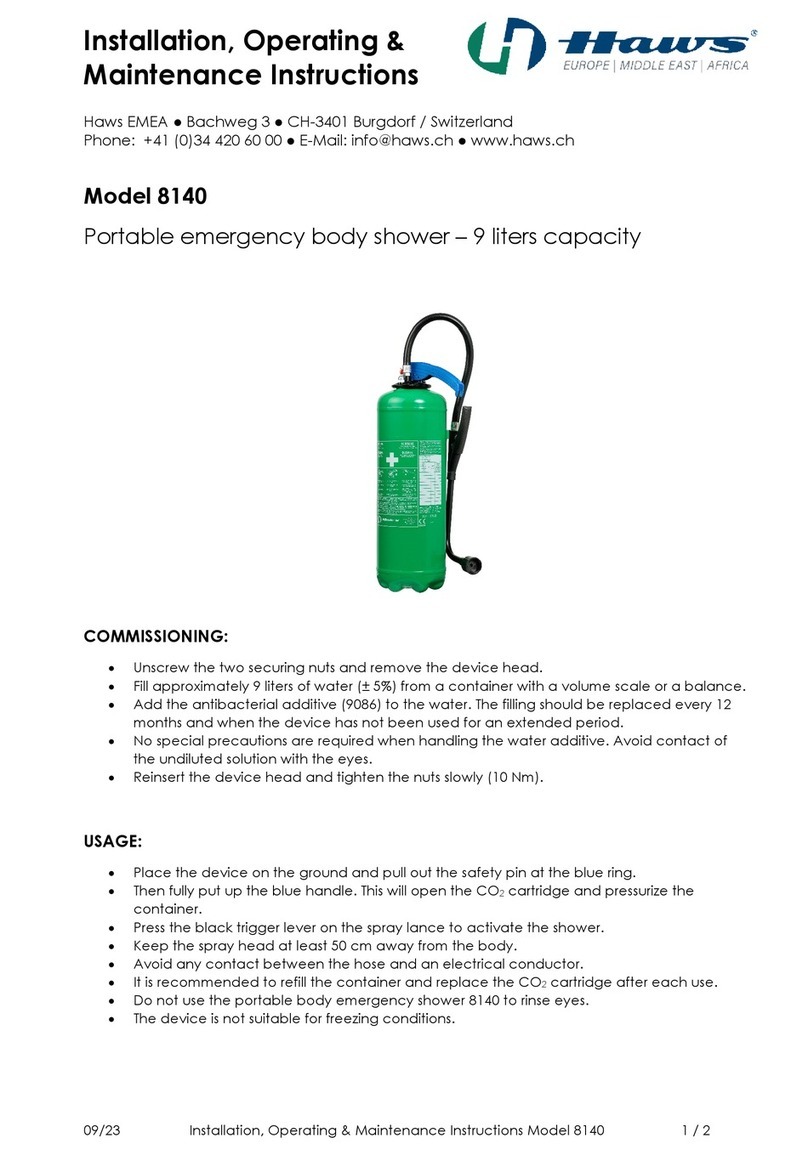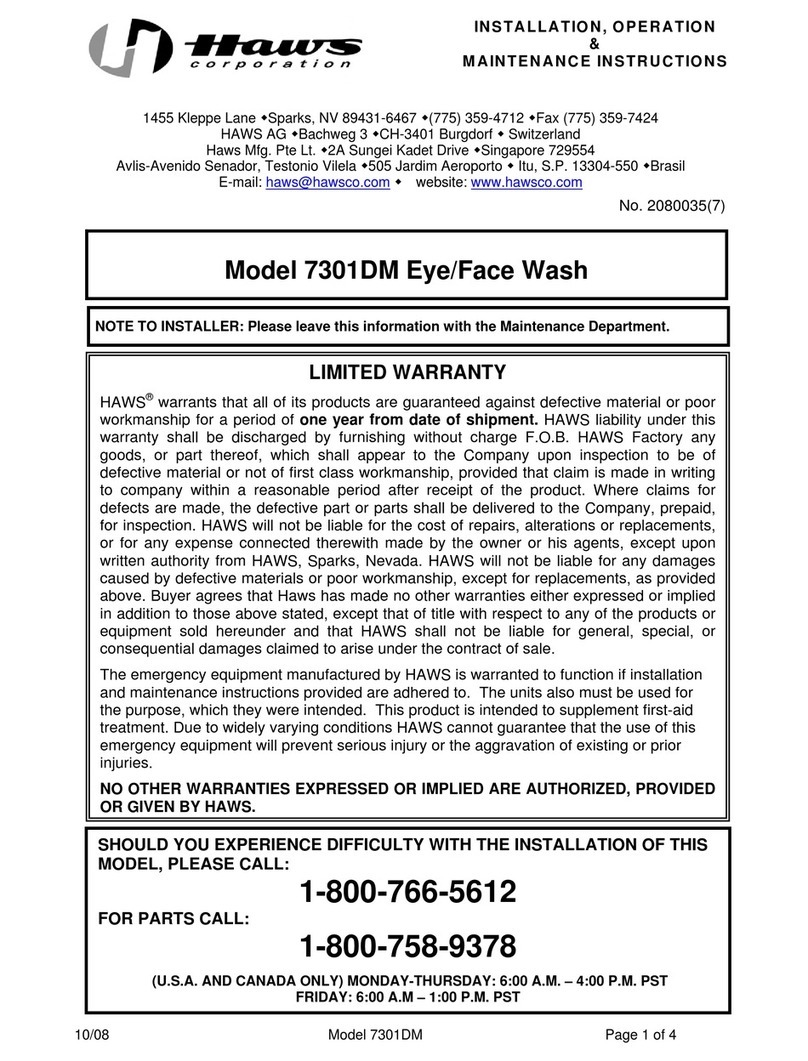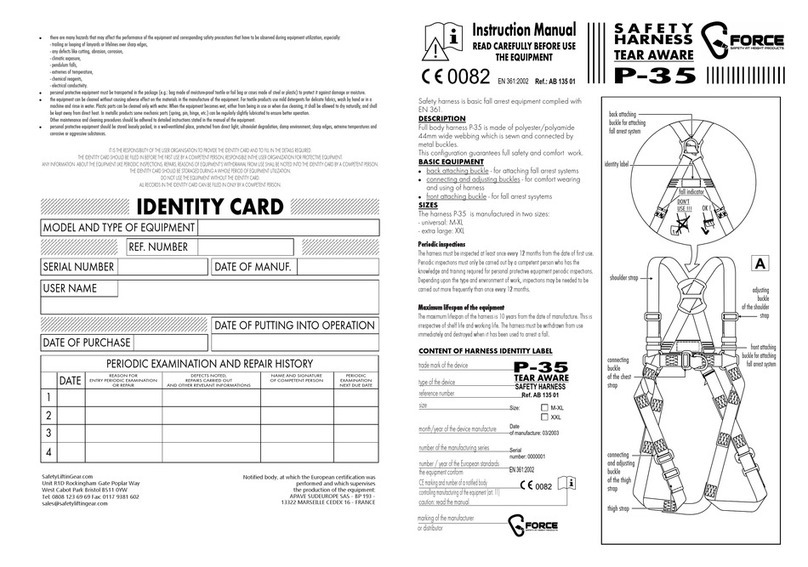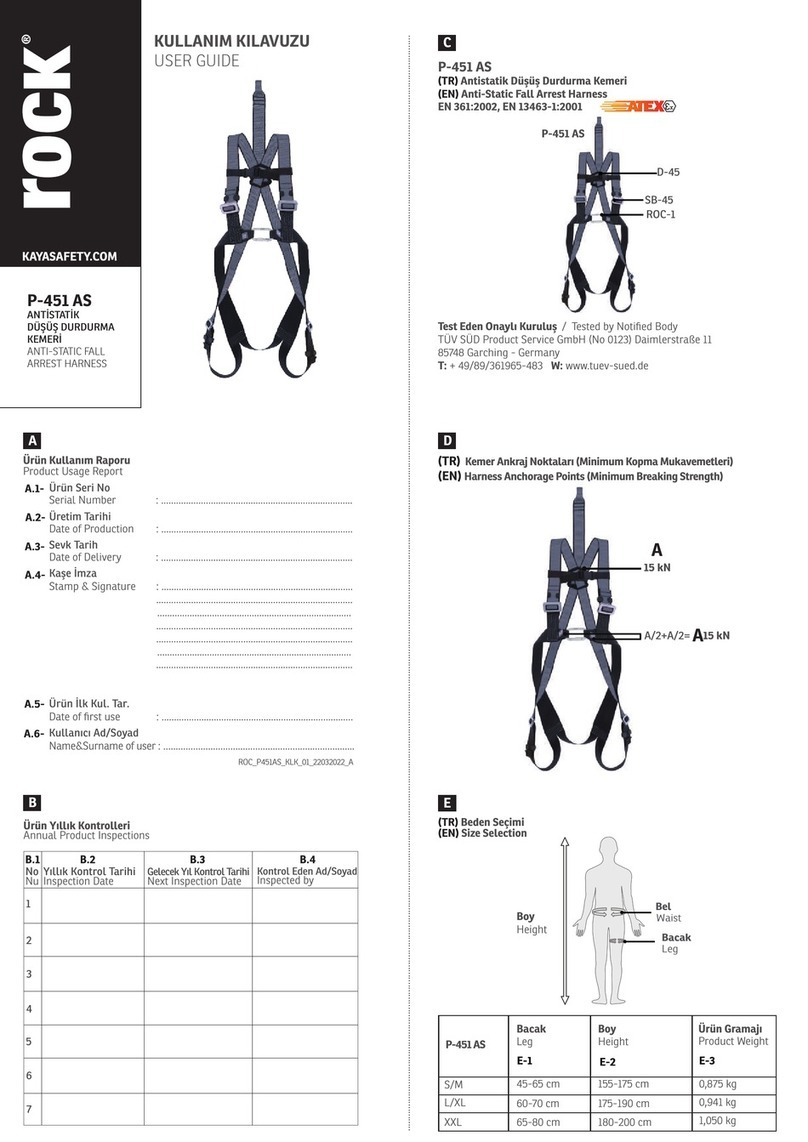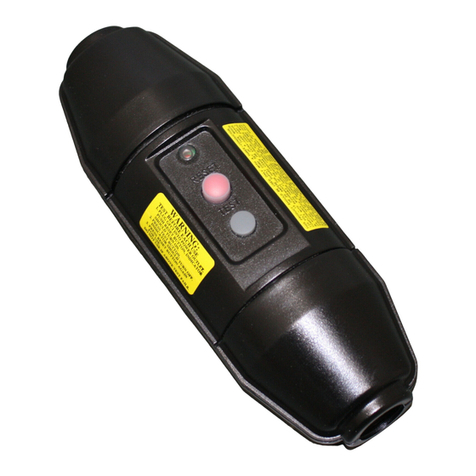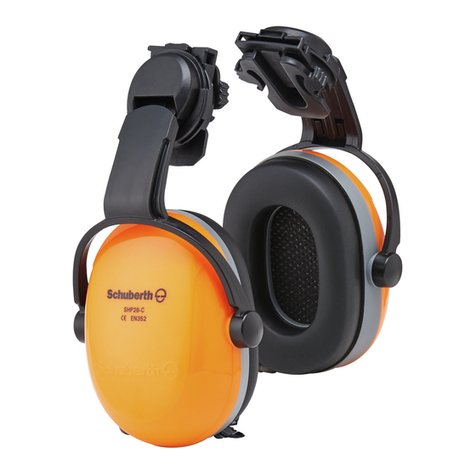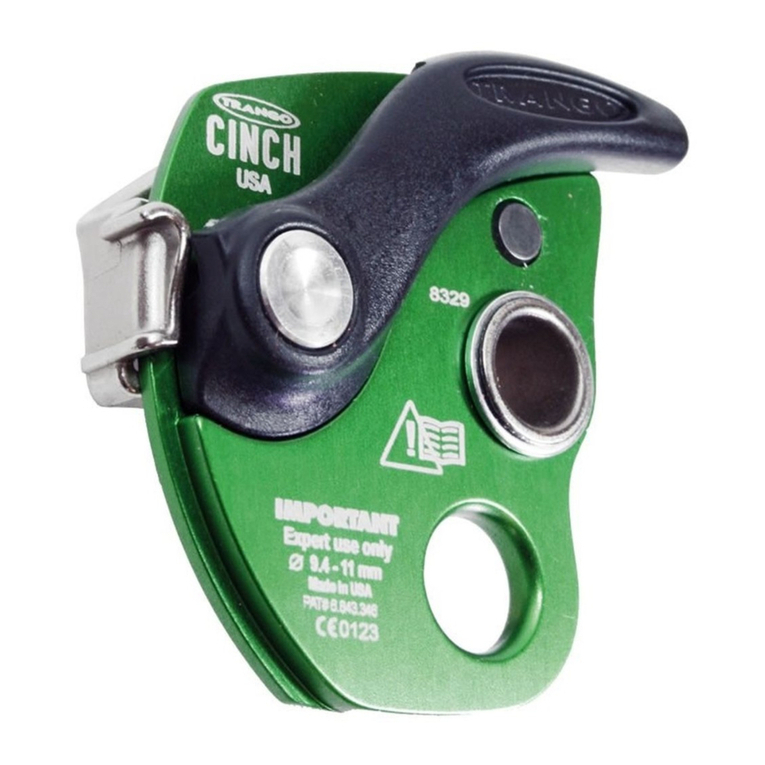
Table of contents
Table of contents
1 Introduction.....................................................................................................................................................4
1.1 Information about these instructions.........................................................................................................4
1.2 Explanation of symbols.............................................................................................................................4
1.3 Disclaimer .................................................................................................................................................5
1.4 Terms of warranty.....................................................................................................................................5
1.5 Customer service and product monitoring ................................................................................................5
2 Safety...............................................................................................................................................................6
3 Description......................................................................................................................................................7
3.1 Intended use .............................................................................................................................................7
3.2 Type plate .................................................................................................................................................7
3.3 Technical Data..........................................................................................................................................8
3.4 Dimensions and space requirements .......................................................................................................9
3.5 Control elements.....................................................................................................................................11
4 Installation.....................................................................................................................................................12
4.1 Requirements .........................................................................................................................................12
4.1.1 Personnel requirements.............................................................................................................. 12
4.1.2 Necessary material ..................................................................................................................... 12
4.1.3 Place of installation ..................................................................................................................... 12
4.2 Assembly ................................................................................................................................................13
4.3 Checks after installation / annual check .................................................................................................14
4.3.1 Leaks .......................................................................................................................................... 14
4.3.2 Functioning of the control valve .................................................................................................. 14
4.3.3 Flow rate measurement .............................................................................................................. 14
4.3.4 Determining jet height and jet pattern of the eye / face wash station ......................................... 14
4.3.5 Determining the water temperature ............................................................................................ 15
4.4 Final work ...............................................................................................................................................15
4.5 Instructing the personnel and organizing maintenance ..........................................................................15
4.5.1 Personnel requirements.............................................................................................................. 15
4.5.2 Instructing the personnel............................................................................................................. 15
4.5.3 Organizing the maintenance ....................................................................................................... 15
5 Operation.......................................................................................................................................................16
6 Maintenance..................................................................................................................................................17
6.1 Personnel requirements..........................................................................................................................17
6.2 Maintenance schedule............................................................................................................................17
6.3 Maintenance log .....................................................................................................................................18
7 Disassembly and disposal...........................................................................................................................20
8 Spare parts....................................................................................................................................................21
9 Declaration of Performance.........................................................................................................................22
Haws AG
Delta™ 2203 Eye / Face Wash Station
iii / 22






